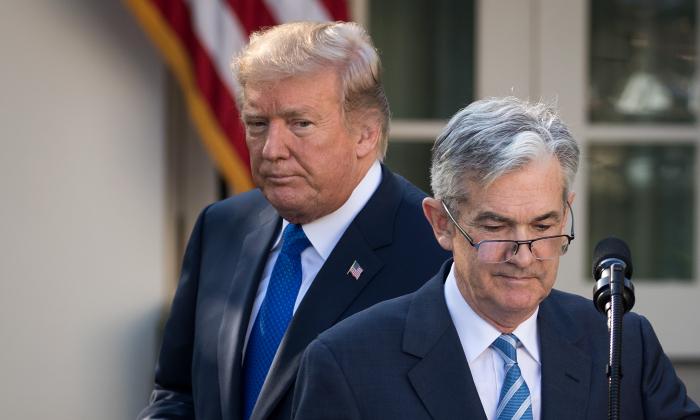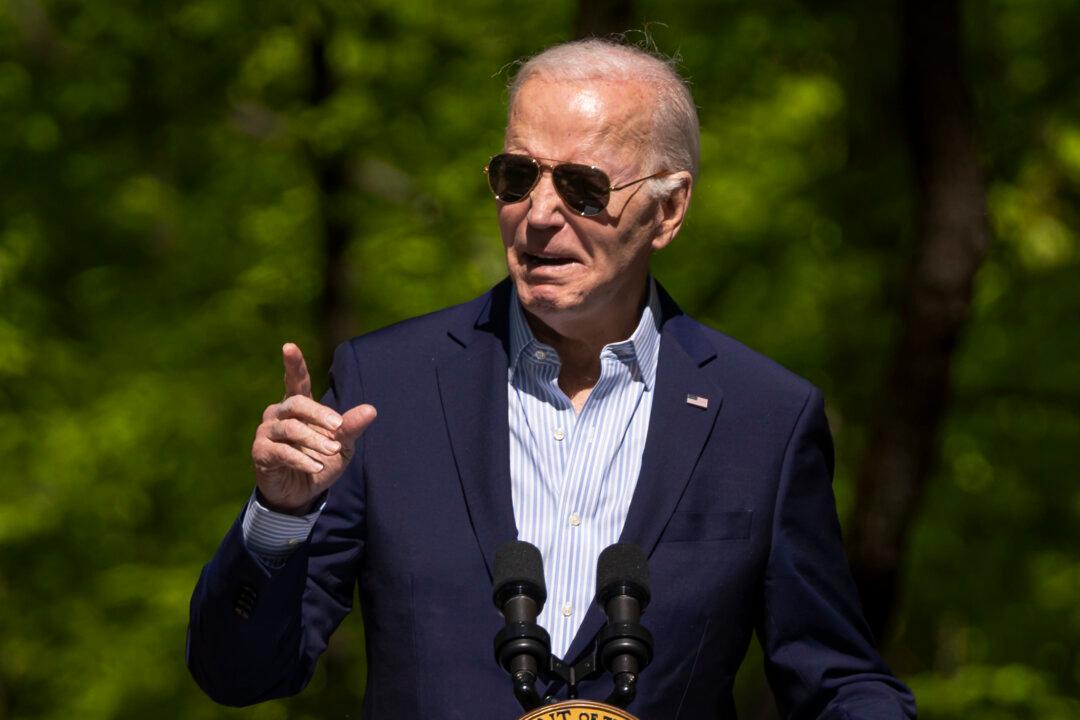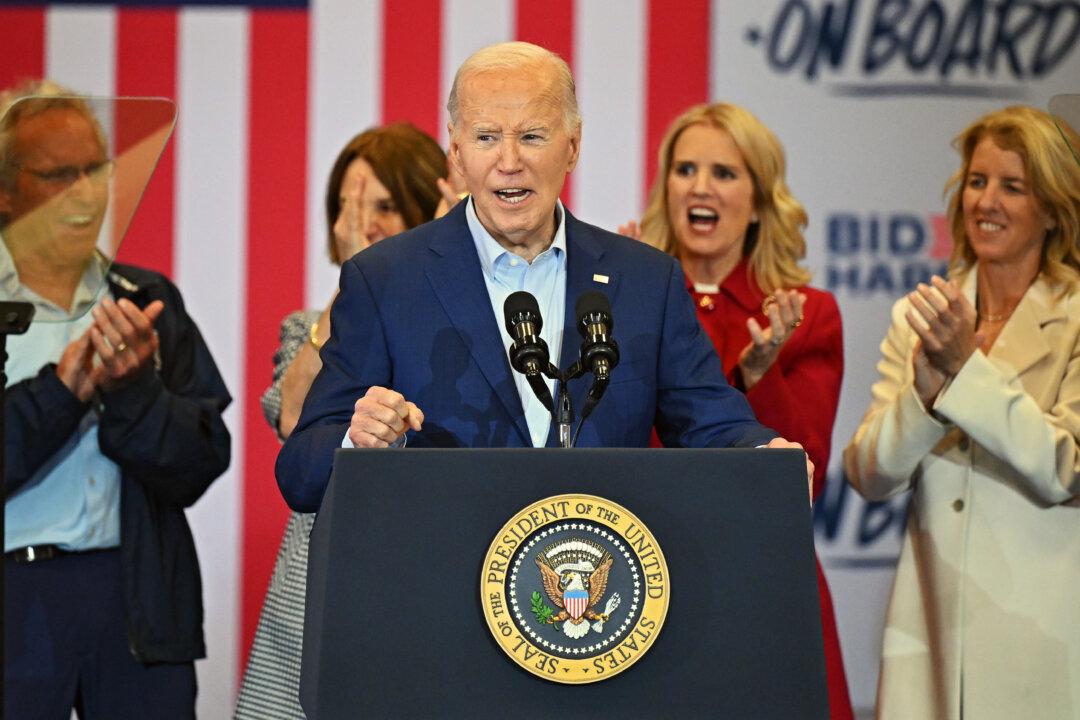WASHINGTON—The Federal Reserve’s key inflation gauge rose at a slow pace in March, remaining well below the central bank’s 2 percent target. The weak inflation number now allows the Fed to consider a rate cut, according to analysts.
The Fed’s preferred inflation measure has been in decline for months. According to the new data released by the Department of Commerce, the price index for personal consumption expenditures (PCE), excluding volatile components such as food and energy, rose only 0.05 percent month-over-month in March.
That compared with 0.06 percent in February and 0.08 percent in January.
The weakening inflation in the past two months mainly reflects declining contributions from transportation, apparel, and health care, according to Goldman Sachs.
The report, released April 29, included data for both February and March due to delays from the recent partial federal government shutdown. The report also showed consumer spending, which accounts for more than two-thirds of economic activity, increased by the most since August 2009.
“Domestic spending is rebounding sharply following the early-year soft patch, but year-on-year core inflation will remain soft in coming months,” stated Citi in a report. “This is enough to keep the Fed on hold, but not to provoke cuts in our view.”
Escalating Chance of Rate Cut
The weak inflation number could allow the central bank to more proactively consider a rate cut later this year, according to some analysts.“The President believes and I contend that Fed’s target rate should be lower,” top White House economic adviser Larry Kudlow said April 23 at the National Press Club.
Kudlow said he believes in the Fed’s independence but defended President Donald Trump’s comments about desiring lower interest rates.
Trump earlier criticized the Fed, blaming the central bank for raising rates too fast and causing market volatility.
“By the way, President Trump really is keen on a low inflation rate,” Kudlow said. Core inflation is coming down and “that’s part of the reason he believes that the target rate could be lower.”
Fed officials earlier said they would be “patient” about further moves in interest rates.
With the possibility of an extended period of “Fed dovishness” and with economic growth possibly returning, “it could set up to be an extremely benign environment for equities,” according to Citi.
U.S. gross domestic product expanded at an annualized rate of 3.2 percent in the first quarter of this year, beating market estimates of 2.3 percent. The surprise growth rate marked the fastest first-quarter pace in four years.
The S&P 500 hit an all-time high on April 29 buoyed by strong economic growth and consumer spending data as well as positive corporate earnings results. The index recovered 25 percent from its December 2018 low.
In December 2018, stocks collapsed after the Fed raised its benchmark interest rate and signaled no backing off from its tighter policy approach. The central bank raised short-term rates by 25 basis points to a range of 2.25 percent to 2.50 percent in December and signaled more increases for 2019.
Fed officials, however, decided in late January to pause their steady campaign to raise interest rates because of an uncertain outlook for the U.S. and global economy.






Friends Read Free